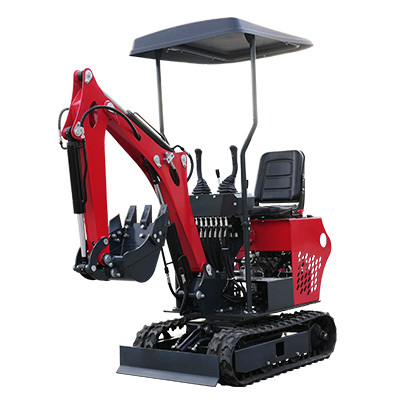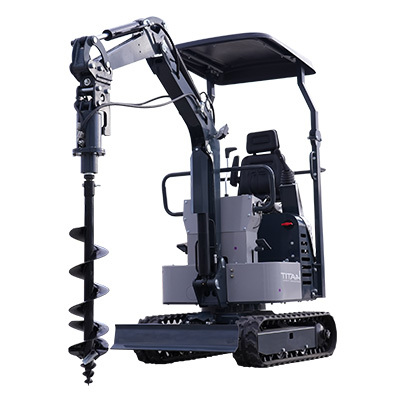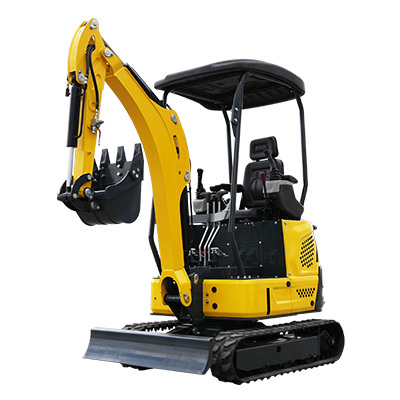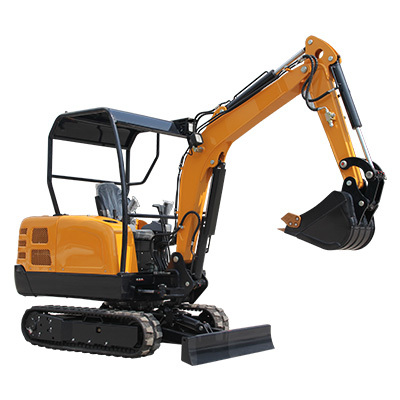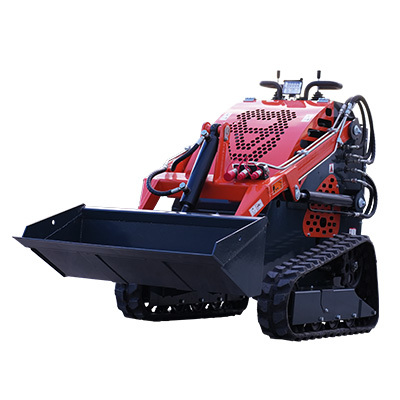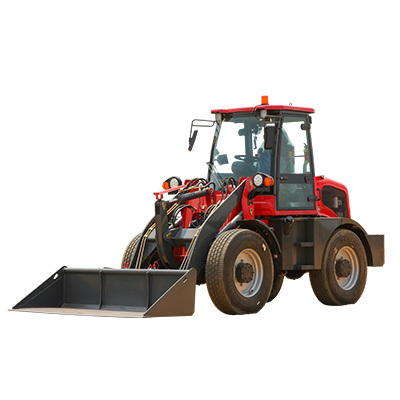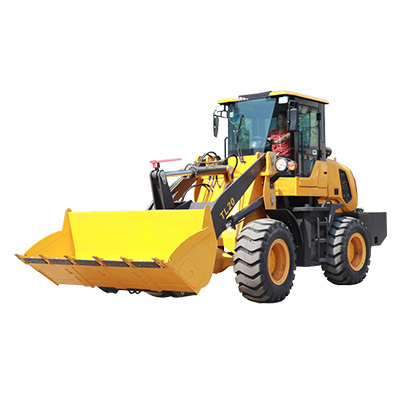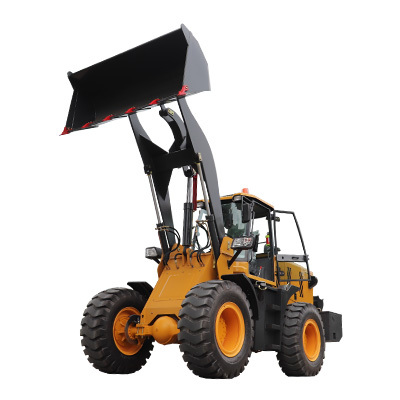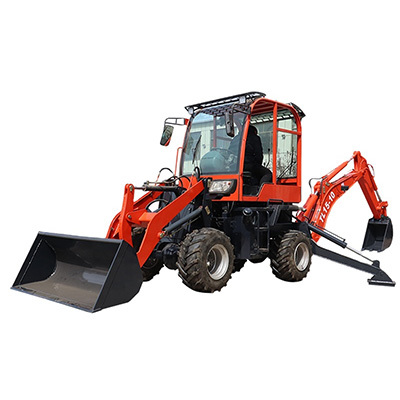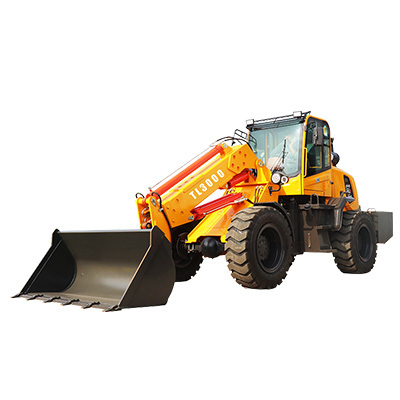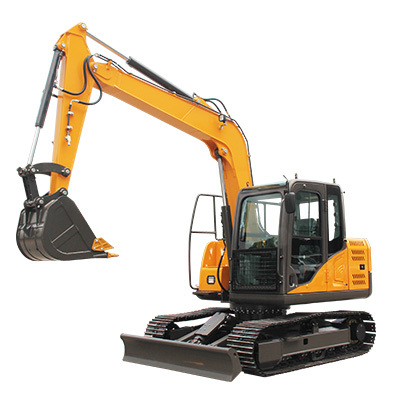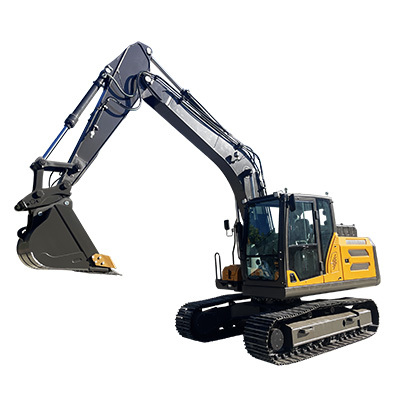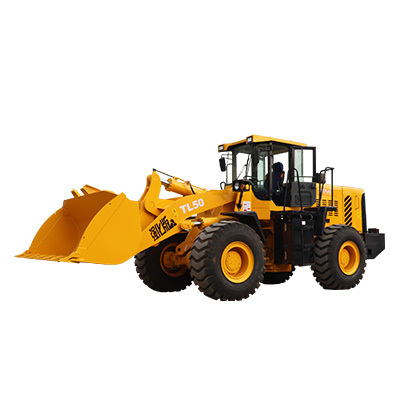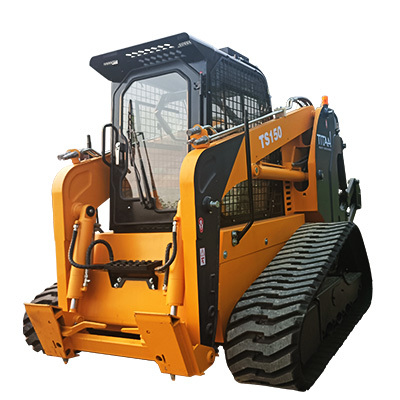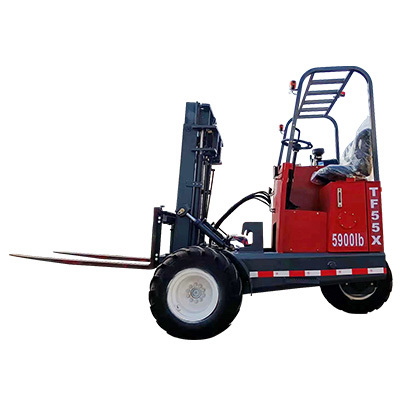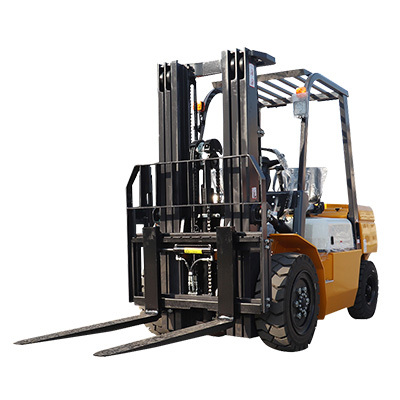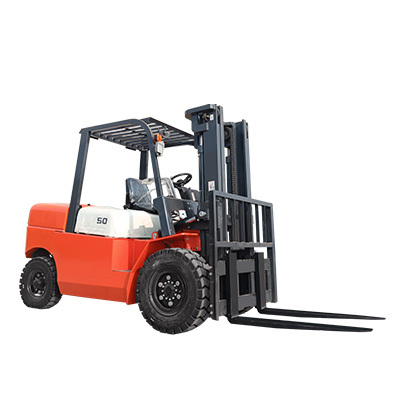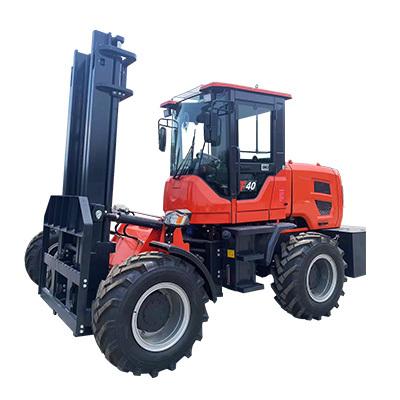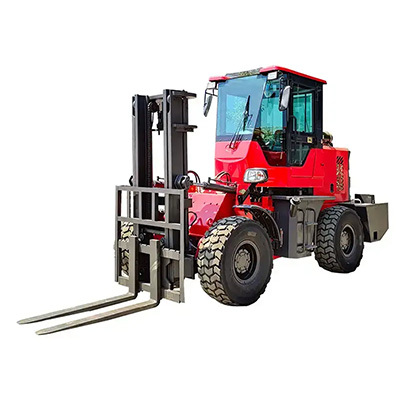The Essential Role of Handling Equipment in Streamlining Supply Chain Operations
Release time:
2025-09-02
Summary
The Essential Role of Handling Equipment in Streamlining Supply Chain Operations
Table of Contents
1. Introduction to Supply Chain and Handling Equipment
2. Understanding the Types of Handling Equipment
3. The Impact of Handling Equipment on Supply Chain Efficiency
3.1 Enhancing Speed and Accuracy
3.2 Reducing Labor Costs
4. Key Benefits of Utilizing Handling Equipment
4.1 Improved S
The Essential Role of Handling Equipment in Streamlining Supply Chain Operations
Table of Contents
1. Introduction to Supply Chain and Handling Equipment
2. Understanding the Types of Handling Equipment
3. The Impact of Handling Equipment on Supply Chain Efficiency
3.1 Enhancing Speed and Accuracy
3.2 Reducing Labor Costs
4. Key Benefits of Utilizing Handling Equipment
4.1 Improved Safety Standards
4.2 Increased Flexibility in Operations
5. Evaluating Your Handling Equipment Needs
5.1 Assessing Warehouse Layout and Design
5.2 Understanding Load Requirements
6. Integrating Technology with Handling Equipment
7. Best Practices for Maintenance and Longevity
8. Case Studies: Success Stories of Optimized Supply Chains
9. Frequently Asked Questions
10. Conclusion
1. Introduction to Supply Chain and Handling Equipment
In today's competitive market, effective supply chain management is critical for business success. One of the most significant components of a streamlined supply chain is the use of **handling equipment**. This article delves into how handling equipment serves as the backbone of efficient logistics, ensuring goods are moved, stored, and managed effectively throughout the supply chain.
2. Understanding the Types of Handling Equipment
Handling equipment encompasses a wide variety of tools and machinery designed to facilitate the movement and storage of goods. This includes but is not limited to:
- **Forklifts**: Essential for lifting and transporting heavy loads over short distances.
- **Pallet Jacks**: Used to lift and move pallets within a warehouse.
- **Conveyor Systems**: Streamline the movement of products from one point to another within a facility.
- **Sorting Systems**: Automate the process of distributing goods to specific locations.
- **Cranes**: Employed in industrial settings for lifting heavy items.
Understanding the different types of handling equipment enables businesses to select the right solutions tailored to their operational needs.
3. The Impact of Handling Equipment on Supply Chain Efficiency
Handling equipment plays a vital role in enhancing supply chain efficiency. By facilitating faster movement of goods, organizations can achieve significant operational improvements.
3.1 Enhancing Speed and Accuracy
The implementation of advanced handling equipment accelerates the speed of operations. For instance, conveyor belts can transport items quickly across long distances within a facility, while automated sorting systems ensure that products are accurately directed to their designated locations. This combination of speed and accuracy drastically reduces delays and errors, ultimately enhancing customer satisfaction.
3.2 Reducing Labor Costs
Utilizing handling equipment reduces the need for manual labor, which can be costly and time-consuming. By automating repetitive tasks, businesses can reallocate their workforce to more strategic roles, thus improving overall productivity and lowering labor expenses.
4. Key Benefits of Utilizing Handling Equipment
Investing in handling equipment yields numerous advantages that directly impact supply chain performance.
4.1 Improved Safety Standards
Safety is paramount in any operational environment. Handling equipment is designed to minimize the risk of injuries associated with lifting and moving heavy loads. Features such as ergonomic design, automatic shut-off, and safety guards contribute to a safer workplace, fostering a culture of safety among employees.
4.2 Increased Flexibility in Operations
Handling equipment offers unparalleled flexibility, allowing businesses to adapt to changing demands swiftly. Whether it’s scaling operations up or down or adjusting workflows to accommodate new products, handling equipment provides the agility necessary to remain competitive in a dynamic marketplace.
5. Evaluating Your Handling Equipment Needs
To make informed decisions about handling equipment, businesses must carefully assess their specific needs.
5.1 Assessing Warehouse Layout and Design
The layout of a warehouse significantly influences the effectiveness of handling equipment. Companies should evaluate their current setup to identify bottlenecks and inefficiencies. A well-designed layout facilitates easier movement of goods and maximizes storage capacity, ultimately enhancing overall productivity.
5.2 Understanding Load Requirements
Different types of equipment have varying load capacities. It is crucial to understand the typical weight and dimensions of the goods being handled to select equipment that can perform efficiently without compromising safety.
6. Integrating Technology with Handling Equipment
Modern handling equipment often incorporates advanced technologies such as **IoT (Internet of Things)** and **AI (Artificial Intelligence)**. These technologies enhance monitoring and control processes, leading to smarter operational decisions. For example, IoT-enabled machinery can provide real-time data on performance, allowing businesses to swiftly address issues before they escalate.
7. Best Practices for Maintenance and Longevity
Implementing a robust maintenance plan is essential for prolonging the life of handling equipment. Regular inspections, timely repairs, and adherence to manufacturer guidelines can significantly reduce downtime and extend the operational lifespan of equipment.
8. Case Studies: Success Stories of Optimized Supply Chains
Real-world examples can shed light on the efficacy of handling equipment in optimizing supply chain operations. Companies that have successfully integrated handling equipment report significant improvements in productivity, reduced operational costs, and enhanced customer satisfaction. By sharing these success stories, organizations can glean insights and inspiration for their operations.
9. Frequently Asked Questions
**1. What are the most common types of handling equipment used in supply chains?**
The most common types include forklifts, pallet jacks, conveyor systems, and automated sorting systems.
**2. How does handling equipment improve safety in the workplace?**
Handling equipment minimizes manual lifting and moving, reducing the risk of injuries associated with these tasks.
**3. How can I determine the right handling equipment for my business?**
Assess your warehouse layout, load requirements, and operational needs to select the most suitable handling equipment.
**4. What role does technology play in modern handling equipment?**
Technology enhances efficiency through automation, real-time monitoring, and data analytics, allowing for smarter operational decisions.
**5. How can regular maintenance benefit handling equipment?**
Regular maintenance prolongs the life of equipment, reduces downtime, and ensures safety and efficiency in operations.
10. Conclusion
Handling equipment is indispensable in the quest to optimize supply chain operations. By enhancing speed, accuracy, and safety, businesses can not only improve their operational efficiency but also achieve significant cost savings. As the logistics landscape continues to evolve, investing in the right handling equipment and integrating advanced technologies will remain critical for success. Embracing these tools and strategies will ensure that businesses remain competitive and responsive to the ever-changing demands of the market.
More News
2025-08-22

